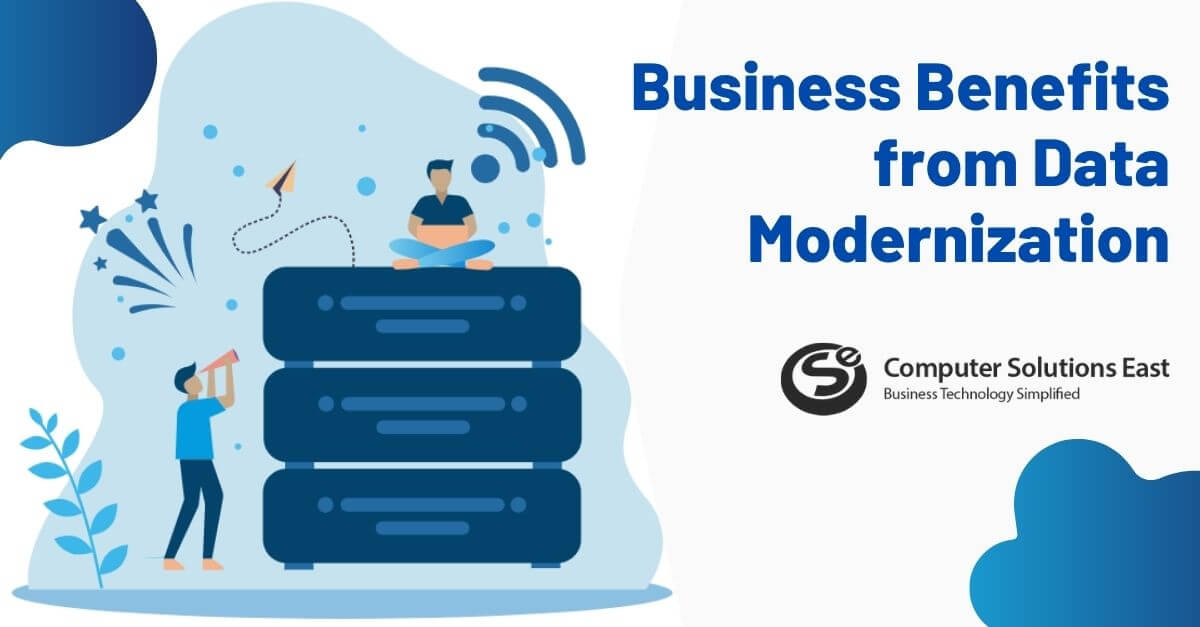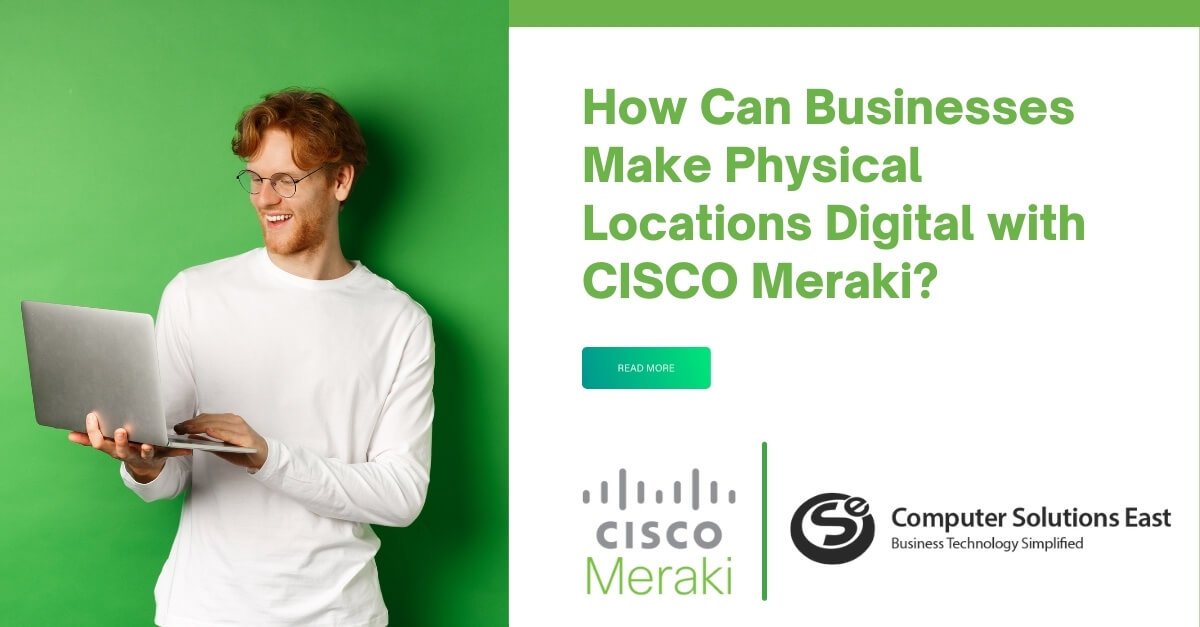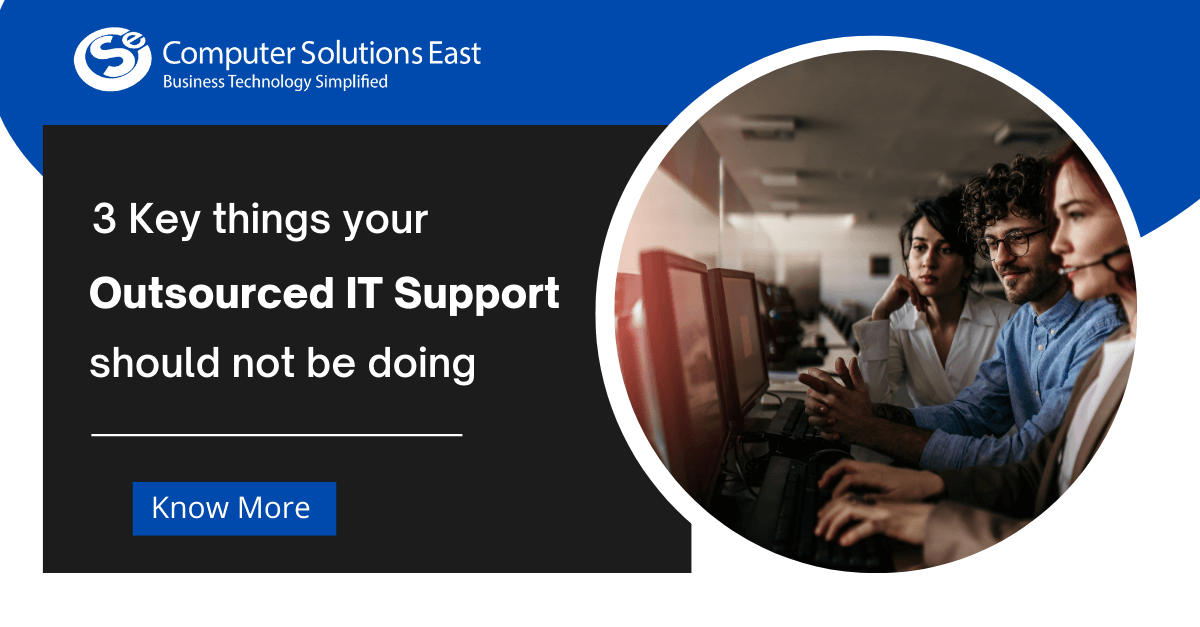Leveraging the Cloud Cost Optimization with CapEx and OpEx
Prior to the cloud, businesses had only one method of financing their IT infrastructure: upfront and as capital spending (CapEx). Before IT managers could consider deployment, they would need to study everything for cloud migration services, from servers to racks to everything involved in the storage, and then purchase it. Thus, they spent hundreds of dollars in capital expenditures that would presumably last a few years until the next update cycle, even before switching it on.

Seasonal HVAC expenditures, printer ink, and coffee-filled kitchens are all included in operating expenses. OpEx is a term that is often used to refer to leasing hardware in the cloud. OpEx will always seem less expensive than CAPEX in early payments, but do not be fooled by the statistics. In the long run, leasing cloud migration services are always more costly than purchasing. Nonetheless, leasing hardware is increasing in popularity, and there are many instances when the statistics support the decision.
In many situations, the monthly bill that you pay for cloud-based servers includes the cost of operating those servers. Although you don’t own this database website, its affordable upfront expenses can help free up money for other purposes, allowing you to get a greater return on the investment dollars.
Finding the right balance between OpEx and CapEx
One of the advantages of the OpEx model would be that no long-term commitment is required. When a user exhausts a resource, it is returned to the provider, who has utilization responsibility — such that the provider must choose how to maximize the resource’s economic viability.
The absence of commitment is economically beneficial since it relieves the user of making a substantial, long-term investment. Options have intrinsic value and are given a price in the financial markets. It seems logical that OpEx tools would be much more costly per unit of measurement than CapEx resources.
Changing How You Pay
Cloud computing, with its pay-as-you-go approach, has altered how IT manages expenditures. This apparently little adjustment effectively converts IT spending from a capital to an operational expense, eliminating the substantial upfront investment in favor of a predictable monthly charge.
By offloading costs to a third party, IT executives may begin focusing on new technologies and cloud migration services that will assist the organization in not just saving money but also growing. This might provide the firm with an opportunity to obtain a competitive edge or perhaps enter new markets. In the long term, changing how a business pays for IT may significantly influence the whole organization.
CapEx approach to IT spending:
- Purchasing capacity that you do not need today to prepare for tomorrow’s uncertainty. Technology is always evolving in the information technology industry. While creating your own cloud may seem to be an investment, what if the hardware and skills of your staff become obsolete before your business takes off?
- Entering vendor contracts that bind your firm in an unbreakable way. Being a pawn in those contracts. Being left high and dry because when a seller fails to deliver.
- Paying employees to monitor these assets and “keep the lights on” when contributing to better goods and processes. Either you’re diverting personnel away from the task for which they were employed, or you’re paying more workers. Profitability is jeopardized in either case.
- By relieving you of a routine network and support system, your employees can focus their skills on developing new items and boosting sales, resulting in increased profitability.
- Stuck with the capability, you don’t need. If you underestimate the cost of setting up a private cloud service and the demand for private cloud providers does not increase quickly enough, you lose money on squandered products and labor.
- OPEX expenditure with cloud migration services requires each purchase to be temporary in nature, which eliminates risks. You aren’t stuck with an expensive, complex IT infrastructure if a vendor fails to fulfill your expectations, whether technology advances if your company targets new markets and your IT budget changes.
If it is discovered that architecture or function is misconfigured, it may be rapidly and reconfigured with cloud migration services. If a product or software proves to be a flop, you are not obligated to carry its dead weight on the infrastructure; remove it. Money is spent most efficiently.
How do the CapEx and OpEx Integrate better services?
- Indirect costs associated with servers include memory and connectivity infrastructure and IT operations to manage the whole infrastructure.
- The direct expenses of running a server include power, floor space, memory, or the associated IT activities.
- Expenses associated with server ownership include procuring and accounting resources and a critical resource in limited supply: IT direction and focus.

While the problem of CapEx and OpEx seems somewhat to be one for the accounting department, by educating IT managers and CIOs on the advantages, they may work together with the finance or international accounting standards committee. Understanding how technology expenditures are classified as operational vs. capital costs and talking this distinction to the CFO benefits both departments.
IT applications have historically been a great deal of friction involved with their startup and shutdown — and that’s because it is often preferable to get them up to speed and then actively avoid them as often as possible.
To really assess the value of asset-based renting, one should be seeking to minimize consumption as much as possible. Actions such as “shutting down” and “stopping” an application are referred to as “down and off” actions by cloud migration services that if an application satisfies both functional and performance requirements, it is advantageous to keep it running as low on resources as possible. When usage demand is low, the program should be turned off to avoid wasting resources. However, when usage demand increases, the app should be resumed to make use of available resources.


